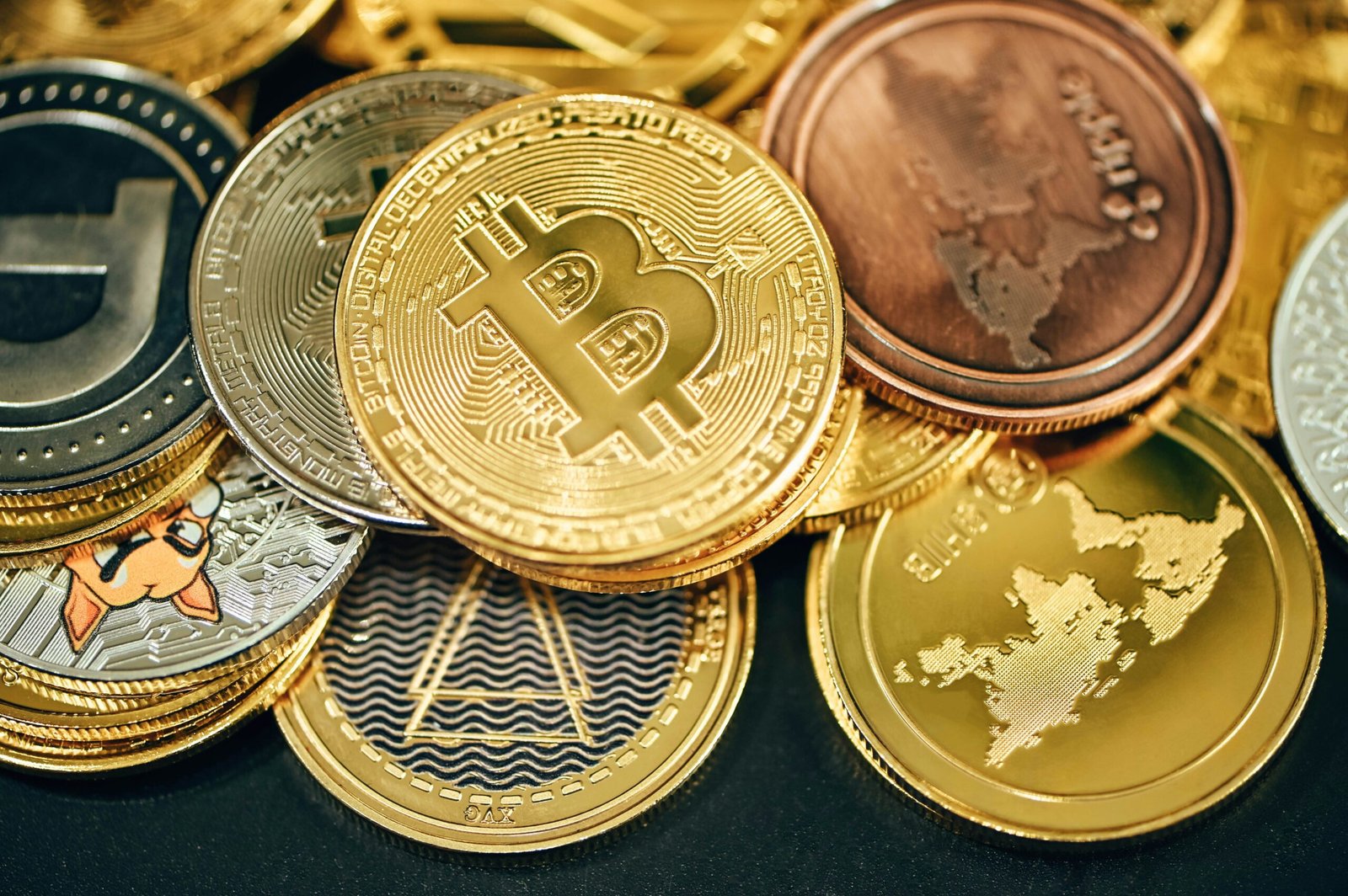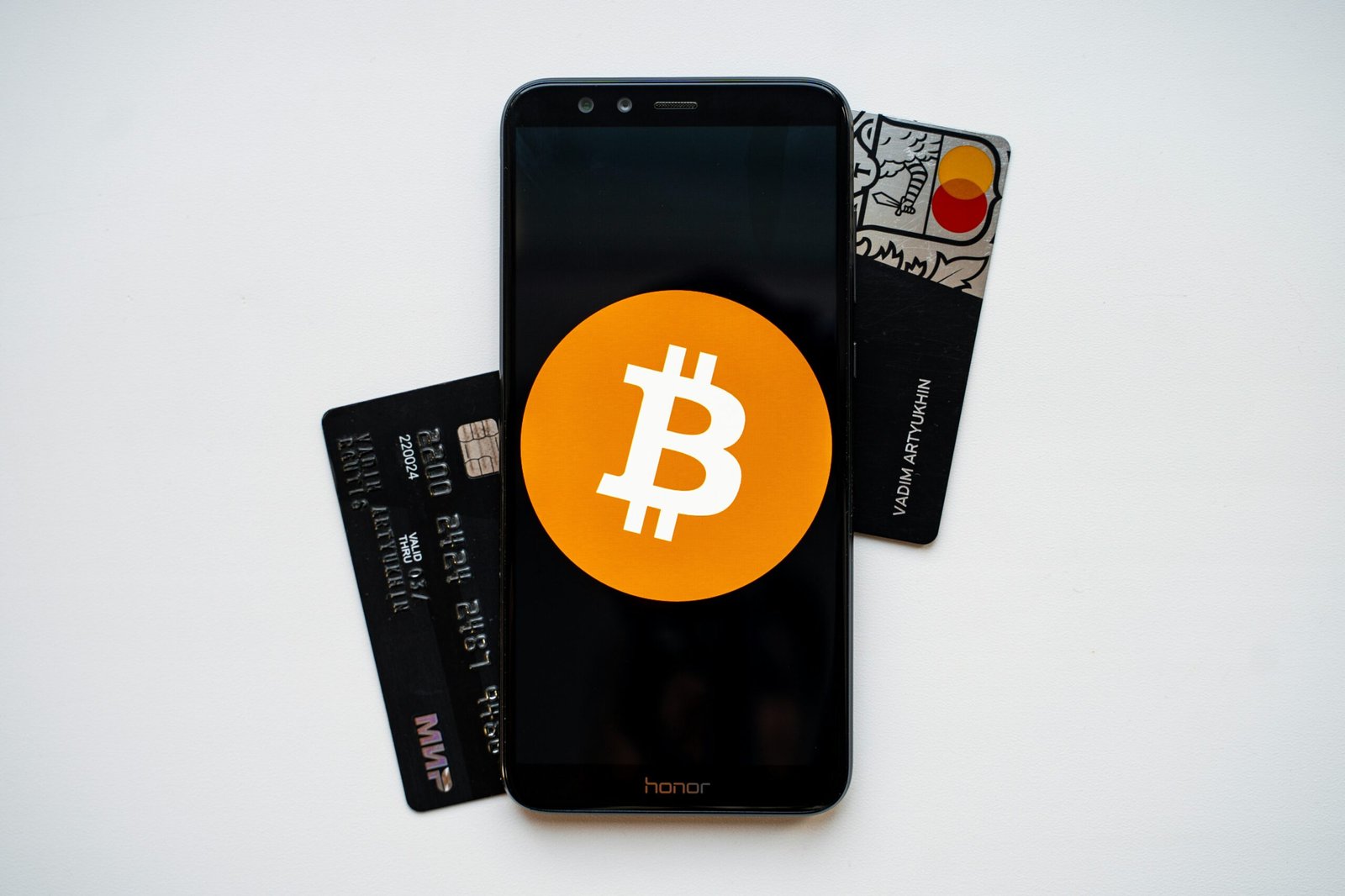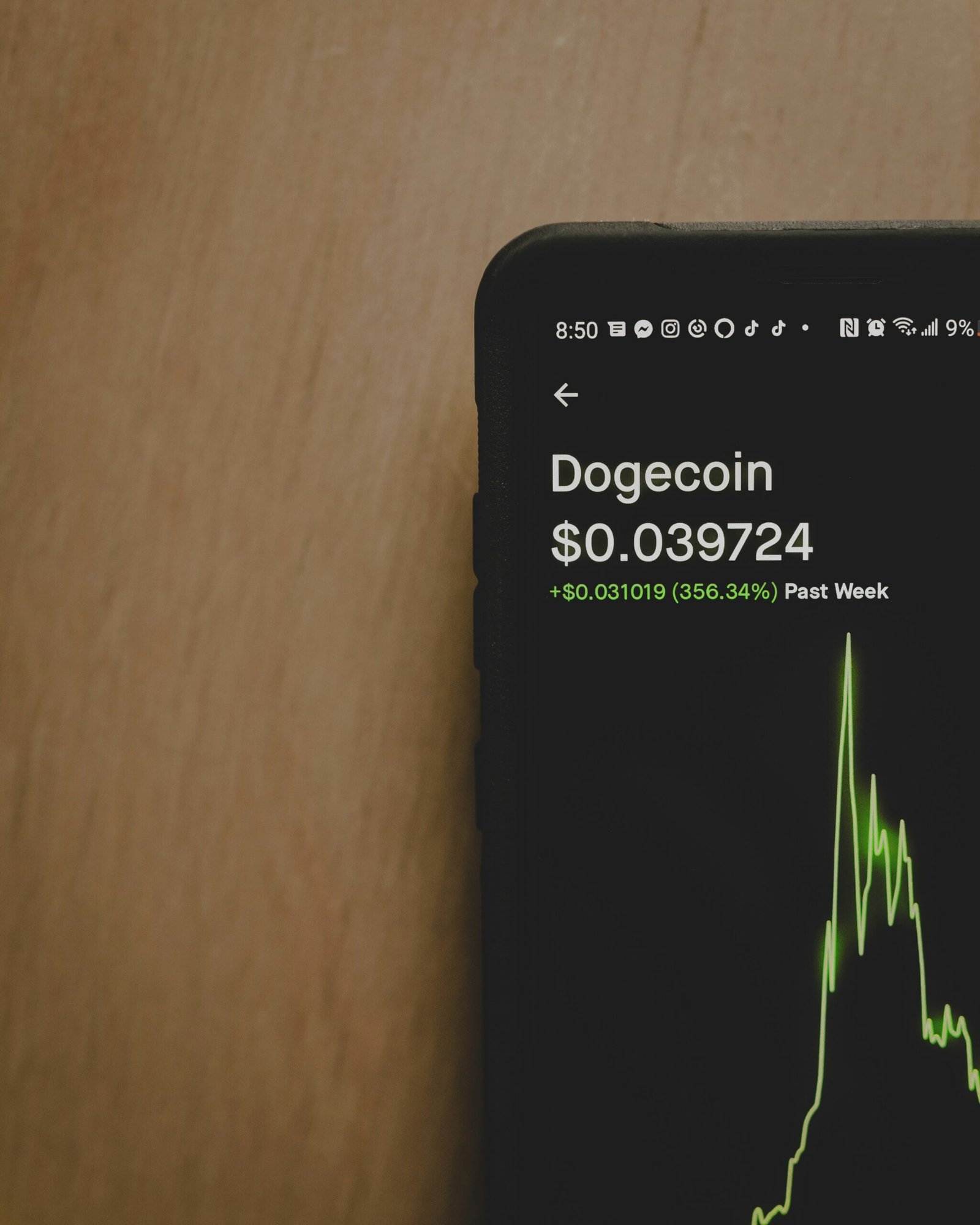How to Swap SOL to ETH: A Step-by-Step Guide
Introduction to Cryptocurrency Swapping
Cryptocurrency swapping refers to the process of exchanging one type of digital currency for another. This practice has become increasingly popular among crypto enthusiasts and investors due to its convenience, speed, and efficiency. Swapping allows users to diversify their portfolios, take advantage of market opportunities, and optimize their investment strategies without the need to convert digital assets into fiat currency first.
Solana (SOL) and Ethereum (ETH) are two prominent cryptocurrencies in the digital asset market. Solana is known for its high performance and scalability, making it a preferred choice for decentralized applications (dApps) and blockchain projects that require fast and low-cost transactions. Ethereum, on the other hand, is renowned for its smart contract functionality and its role as a foundational platform for many decentralized applications and financial services.
Understanding the process of swapping SOL to ETH is crucial for several reasons. Firstly, it enables users to take advantage of the unique benefits offered by each blockchain. For instance, an investor might want to swap their SOL for ETH to participate in Ethereum-based decentralized finance (DeFi) projects or to leverage Ethereum’s extensive ecosystem. Conversely, one might swap ETH for SOL to benefit from Solana’s lower transaction fees and faster processing times.
Moreover, swapping cryptocurrencies can be a strategic move in response to market conditions. Investors might swap assets to hedge against volatility, capitalize on price differences, or rebalance their portfolios. As the crypto market continues to evolve, the ability to efficiently swap between different digital currencies becomes an essential skill for both novice and seasoned investors.
In this guide, we will delve into the step-by-step process of swapping SOL to ETH, ensuring that you have the knowledge and confidence to navigate this aspect of cryptocurrency trading effectively.
Understanding Solana (SOL) and Ethereum (ETH)
Solana (SOL) and Ethereum (ETH) are two prominent cryptocurrencies that have carved out significant positions in the digital asset market. Each brings unique features and capabilities, catering to different needs within the blockchain space.
Solana, known for its high performance, is designed to facilitate fast, low-cost transactions. The Solana blockchain can handle thousands of transactions per second, making it one of the fastest in the industry. Its architecture employs a unique consensus mechanism called Proof of History (PoH) combined with Proof of Stake (PoS), which allows for rapid and scalable transaction processing. This efficiency makes Solana a popular choice for decentralized applications (dApps) and decentralized finance (DeFi) projects that require high throughput and low latency.
In contrast, Ethereum is the pioneer of smart contract platforms and continues to dominate the space with its robust ecosystem. Ethereum introduced the concept of programmable contracts, enabling developers to create a wide range of decentralized applications. It operates on a Proof of Work (PoW) consensus mechanism, but is transitioning to a Proof of Stake (PoS) model with Ethereum 2.0, aiming to improve scalability and reduce energy consumption. Although Ethereum’s transaction speed is slower and fees are higher compared to Solana, its extensive developer community and mature infrastructure provide a strong foundation for innovation.
The differences between Solana and Ethereum extend beyond transaction speed and fees. Solana’s architecture emphasizes scalability and cost-efficiency, making it ideal for high-frequency trading and gaming applications. Ethereum, however, excels in versatility, supporting a vast array of dApps, from DeFi platforms to non-fungible tokens (NFTs). Moreover, Ethereum’s smart contract capabilities are more established, offering greater flexibility and security features that have been tested over time.
Understanding these distinct characteristics is crucial for anyone looking to swap SOL to ETH or vice versa. Each blockchain serves different purposes and caters to varying user needs, making them both valuable in the ever-evolving cryptocurrency landscape.
Choosing the Right Platform for Swapping
When looking to swap SOL to ETH, selecting the right platform is crucial. The primary criteria for choosing a reliable platform include security, user interface, fees, and supported currencies. These elements can significantly affect your swapping experience and the outcome of your transaction.
Security should be your foremost concern. Opt for platforms that are well-established and have a strong track record of safeguarding user funds. Look for features such as two-factor authentication (2FA), cold storage for digital assets, and regular security audits. Platforms like Binance and Coinbase are known for their robust security measures.
The user interface is another critical factor. A platform with an intuitive and user-friendly interface can simplify the swapping process, especially for beginners. A clutter-free, easy-to-navigate interface can make a significant difference. Platforms like Uniswap and SushiSwap are renowned for their straightforward, clean interfaces.
Fees can vary widely between platforms and can affect the overall cost of your transaction. It’s essential to compare the fee structures of different platforms. Some platforms might charge a flat fee, while others could have a percentage-based fee. Decentralized exchanges (DEXs) like Uniswap may have lower fees, but keep in mind the gas fees associated with Ethereum transactions. Centralized exchanges (CEXs) like Kraken might have higher but more predictable fees.
Supported currencies are also crucial. Ensure that the platform supports both SOL and ETH. While most major exchanges support these popular cryptocurrencies, it is always good to verify. Platforms like Binance, Coinbase, and Kraken support a wide range of cryptocurrencies, making them versatile choices for swapping.
To evaluate and choose the best platform for your needs, research user reviews, check the platform’s reputation, and consider the aforementioned criteria. Each platform has its pros and cons, so selecting one that aligns with your priorities—be it security, ease of use, or cost-effectiveness—is essential.
Setting Up Your Wallets
When planning to swap SOL to ETH, the first step is to set up cryptocurrency wallets for both Solana and Ethereum. There are various types of wallets available, each with its own advantages and security features. These include hardware wallets, software wallets, and mobile wallets. Choosing the right type of wallet depends on your security preferences and how frequently you intend to access your funds.
Hardware wallets, such as Ledger Nano S and Trezor, offer a high level of security by storing your private keys offline. This minimizes exposure to online threats and is ideal for long-term storage. Software wallets, like Exodus and Atomic Wallet, are applications installed on your computer, providing a balance of security and convenience. Mobile wallets, such as Trust Wallet and MetaMask, offer the convenience of accessing your funds on the go, though they may be more vulnerable to security risks compared to hardware wallets.
To create and secure a Solana wallet, follow these steps:
1. Choose a wallet type (e.g., hardware, software, mobile) and download the corresponding application or purchase the hardware device.2. Follow the on-screen instructions to create a new wallet.3. Securely store the seed phrase or private key provided during the wallet creation process. This information is crucial for recovering your wallet if you lose access.4. Enable two-factor authentication (2FA) if the wallet application supports it, adding an extra layer of security.
Next, set up your Ethereum wallet by following similar steps:
1. Select a wallet type and download the appropriate application or set up the hardware device.2. Create a new wallet by following the application’s instructions.3. Safeguard your seed phrase or private key, as this is essential for wallet recovery.4. Enable 2FA for enhanced security if the application allows it.
Ensuring the security of your private keys is paramount. Store your seed phrases and private keys in a secure, offline location, and consider using a combination of wallet types to diversify your security measures. With your Solana and Ethereum wallets set up and secured, you are now prepared to proceed with the swap process.
Initiating the Swap Process
To begin the SOL to ETH swap process, you must first select a reputable exchange platform that supports both Solana (SOL) and Ethereum (ETH) tokens. Once you have chosen a platform, the initial step is to connect your cryptocurrency wallets. Ensure that both your Solana and Ethereum wallets are set up and funded with the appropriate amount of SOL and ETH respectively to cover the swap and any associated network fees. Most platforms will offer a straightforward method for connecting wallets, often through wallet browser extensions like MetaMask for Ethereum and Phantom for Solana.
After successfully connecting your wallets, the next step is to navigate to the swap interface on your chosen platform. Here, you will be required to specify the amount of SOL you wish to exchange for ETH. It is essential to double-check the exact amount you intend to swap, as well as the current exchange rate, to ensure you receive the appropriate amount of ETH in return. Some platforms may also display slippage tolerance settings, which help manage the price impact of your swap, especially during times of high market volatility.
Before confirming the transaction, it is crucial to review all the details carefully. Ensure that the recipient wallet address for ETH is correct, as transactions on the blockchain are irreversible. Additionally, verify the transaction fees, which can vary depending on the network congestion and the platform you are using. If everything appears accurate, you can proceed to confirm the swap. This action will typically prompt a request for authorization through your connected wallets, requiring you to approve the transaction.
Once the transaction is confirmed, the platform will initiate the swap process. The time it takes to complete the swap can vary, often depending on the network conditions of both the Solana and Ethereum blockchains. Upon successful completion, you should see the corresponding amount of ETH in your Ethereum wallet. Always ensure to keep transaction records for future reference and auditing purposes.
When swapping SOL to ETH, understanding transaction fees and timing is crucial for a smooth experience. Transaction fees can be broadly categorized into network fees and platform fees. Network fees, often referred to as gas fees on the Ethereum network, are paid to miners for processing transactions. These fees are dynamic and can fluctuate based on network congestion. During periods of high activity, such as during popular NFT drops or significant market movements, gas fees can spike, making transactions more expensive.
Similarly, the Solana network also incurs transaction fees, albeit generally lower than those on Ethereum. These fees are necessary to prioritize and validate transactions on the blockchain. It’s important to note that while Solana boasts lower transaction fees, these can still vary based on network congestion and demand.
In addition to network fees, platform fees are charged by the exchange or swapping service you use. These fees can vary significantly between platforms, and it’s advisable to review the fee structure before initiating a swap. Some platforms may offer lower fees but compensate with less favorable exchange rates, while others might provide more competitive rates with higher platform fees.
Transaction time is another critical factor. The duration of a SOL to ETH swap can be influenced by several elements, including network congestion, the efficiency of the platform, and the current demand for both cryptocurrencies. Typically, the Solana network is known for its high-speed transactions, often completing within seconds. However, the Ethereum network can experience delays, especially during peak times, potentially extending the overall swap duration.
To optimize your swap experience, consider monitoring network conditions and choosing times of lower activity to initiate transactions. Additionally, comparing platform fees and policies can help you select the most cost-effective option for your needs. By understanding these factors, you can better navigate the process of swapping SOL to ETH, ensuring a timely and economical transaction.
Verifying the Swap and Checking Balances
After initiating the swap from SOL to ETH, the next crucial step is to verify the transaction’s completion. This process ensures that your assets have been correctly transferred and are now available in your Ethereum wallet. Begin by accessing the transaction history on the platform where the swap was conducted. Locate the specific transaction and confirm its status. A completed status indicates that the swap has been processed successfully.
Once you have verified the transaction status, it is time to check your wallet balances. Open your Ethereum wallet and look for the updated balance. The amount of ETH received should correspond to the amount of SOL you swapped, minus any transaction fees. If you do not see the expected balance immediately, do not panic. Blockchain transactions can sometimes experience delays, especially during periods of high network congestion.
If there is a noticeable delay or discrepancy, consider the following troubleshooting tips. First, refresh your wallet or log out and log back in to ensure it is displaying the most recent data. Next, verify the transaction hash on a blockchain explorer like Etherscan. Enter the transaction hash to see its status and confirm whether it has been included in a block. If the transaction is still pending, it may require additional time to be confirmed by the network.
In rare cases, discrepancies in balances might occur due to network issues or technical glitches. If you have followed the above steps and the issue persists, reach out to the customer support team of the platform where the swap was conducted. Provide them with the transaction details and any relevant information for further assistance.
Ensuring the accuracy of your ETH balance post-swap is crucial for maintaining the integrity of your cryptocurrency portfolio. By following these verification steps and utilizing troubleshooting tips, you can confidently manage and monitor your digital assets.
Best Practices and Security Tips
When engaging in cryptocurrency swaps, such as swapping SOL to ETH, it is crucial to prioritize security to safeguard your assets. By following best practices, you can significantly reduce the risk of falling victim to scams and other malicious activities. Here are some essential guidelines to ensure a secure swapping process.
First and foremost, always verify the legitimacy of the platform you are using for the swap. Scammers often create fake websites that mimic popular cryptocurrency exchanges. Ensure that the URL is correct and look for security features such as HTTPS and a valid SSL certificate. Additionally, read reviews and seek recommendations from trusted sources within the cryptocurrency community.
Recognizing phishing attempts is another critical aspect of maintaining security. Phishing attacks often come in the form of emails or messages that appear to be from legitimate sources, asking you to provide sensitive information or click on malicious links. Always verify the sender’s authenticity before responding or taking any action. If in doubt, contact the official support team of the platform directly through their verified channels.
Two-factor authentication (2FA) is a powerful tool that adds an extra layer of security to your accounts. By enabling 2FA, you ensure that even if someone gains access to your password, they will still need a second verification step to access your account. Use an authenticator app rather than SMS-based 2FA, as the latter can be vulnerable to SIM swapping attacks.
Keeping your software and wallets updated is another vital practice. Developers regularly release updates that address security vulnerabilities and improve overall performance. Ensure that your operating system, wallet software, and any cryptocurrency-related applications are always up-to-date.
For further learning about cryptocurrency security, consider exploring resources provided by reputable organizations and platforms. Websites like the Electronic Frontier Foundation (EFF) and Coin Center offer valuable information on protecting your digital assets. Engaging with the cryptocurrency community through forums and social media can also provide insights and tips from experienced users.
By adhering to these best practices and staying informed about potential threats, you can confidently and securely swap SOL to ETH or engage in other cryptocurrency transactions.






